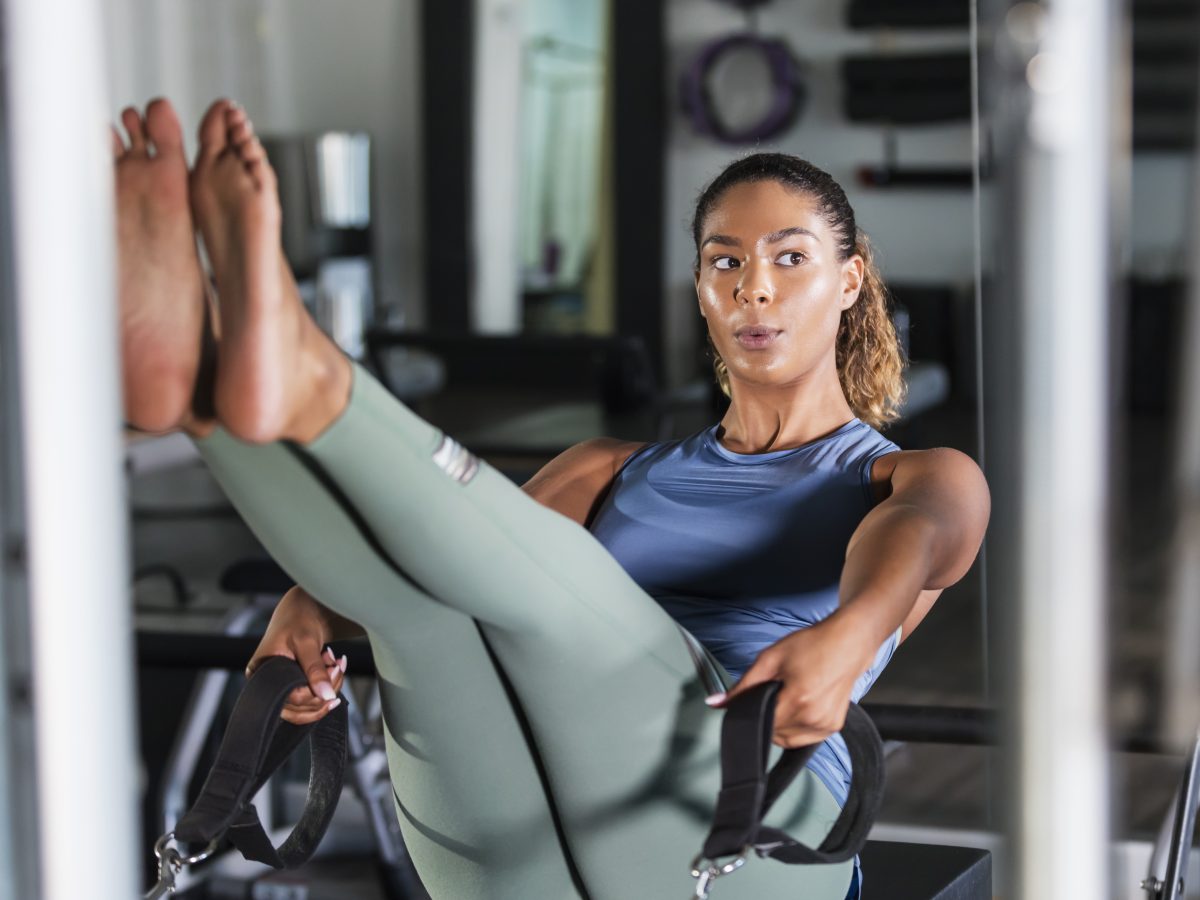
We’ve officially reached the last week of the first month of the year, and if you’ve stayed on track with your fitness goals since January 1, you’re off to a great start for 2025. But for those of you who view January as a trial month and believe the real year begins in February, you might be wondering where to start. While the gym is traditionally the go-to, barre and Pilates studios have gained popularity, offering an alternative approach to fitness. So, how do these three methods compare, and which one is right for you?
Traditionally the gym, with its clanging weights and roaring treadmills, will forever remain a popular choice. It’s a space for building muscle mass and improving cardiovascular health and offers a wide array of equipment, from free weights and resistance machines to treadmills, ellipticals, and stationary bikes. This versatility allows individuals to tailor their workouts to specific goals, whether it’s bodybuilding, weight loss, or general fitness. For some, the gym environment can be motivating, fostering a sense of community and offering access to personal trainers who can provide guidance and support. However, it can also be intimidating for beginners, with its complex equipment and often-crowded atmosphere.
Barre, inspired by ballet, offers a different experience altogether. It utilizes the ballet barre for support while performing small, isometric movements that target specific muscle groups like glutes, abdomen, calves and arms. These exercises often incorporate elements of Pilates and yoga, focusing on core strength, flexibility, and posture. While barre classes might use light weights or resistance bands, there’s an emphasis on high repetitions and controlled movements rather than heavy lifting. Barre workouts are known for their ability to tone and sculpt the body, particularly the legs, glutes, and core, and are a low-impact option, making them suitable for individuals of all fitness levels. Although barre is proven to be effective in improving muscular endurance and flexibility, barre classes aren’t found in most undeserving or low income communities, leaving most to travel to inner cities or suburbs.
Pilates, like barre, emphasizes controlled movements and core engagement. Developed by Joseph Pilates, this method focuses on strengthening the deep postural muscles that support the spine. Pilates exercises can be performed on a mat or using specialized equipment, such as the reformer. While Pilates can improve strength and flexibility, its primary focus is on core stability and proper alignment. Research has shown that Pilates can be effective in improving posture and reducing back pain. Unlike the often-high-impact nature of some gym workouts, Pilates emphasizes precision and control, making it a valuable tool for injury prevention and rehabilitation. However, pilates can be pretty pricey in memberships and can be quite challenging for beginners.
Choosing between gym, barre, and Pilates depends on your individual goals and preferences. If your primary aim is to build significant muscle mass and lift heavy weights, the gym is likely the best choice. If you’re looking for a low-impact workout that focuses on toning, flexibility, and core strength, barre or Pilates might be a better fit, or if you’re seeking a balanced approach, combining elements of all three could be the most effective strategy. Many people find that incorporating a few gym sessions with barre or Pilates classes provides a well-rounded fitness regimen. For example, you might lift weights at the gym to build strength and then attend barre or Pilates classes to improve flexibility and core stability.
Ultimately, the best workout is the one you enjoy and can stick with. Whether you’re pumping iron at the gym, plié-ing at the barre, or flowing through a Pilates sequence, the key is to find a routine that motivates you and helps you achieve your fitness goals. Don’t be afraid to try different methods and see what works best for you. You might even discover a new passion for fitness along the way.